
Nearly 50 years after the first negotiations took place, the United States purchased the Danish West Indies from Denmark on August 4, 1916. The territory was renamed the US Virgin Islands.
The Virgin Islands are part of the Lesser Antilles island chain and the Leeward Islands group in the Caribbean Sea, located just east of Puerto Rico. They include more than 50 islands, but the largest are St. Thomas, St. John Island, and St. Croix.

The Ciboney, a Stone Age tribe, inhabited most of the Caribbean, including the Virgin Islands. Over time, they were driven out by the Arawak, who were in turn displaced by the Caribs in the 15th century.
Christopher Columbus was the first recorded European to visit the Virgin Islands in 1493, after he was blown off course during his second voyage of exploration. He landed on St. Croix, but decided not to stay. Columbus kidnapped six Arawak natives to act as guides. The numerous small islands and reefs reminded him of St. Ursula and her 11,000 Virgins – a legend based on a 4th- or 5th-century martyr. Columbus named the area the Virgin Islands.

As trade and shipping increased in the region, other European countries became interested in the Virgin Islands. Denmark showed interest in St. Thomas, in part because of its deep harbor, and settled St. Thomas and St. John without much resistance.
In contrast, St. Croix had a broader European influence. It was originally settled by English and Dutch colonists, with some French living there. The British and Dutch lived together peacefully, until a personal disagreement resulted in the Dutch governor killing the British governor in 1645. Soldiers from the British settlement then retaliated in an attack that left the Dutch governor dead. The British continued their aggression against the Dutch until St. Croix came fully under British control in 1650.
The Spanish settlements on nearby Puerto Rico were concerned with the British expansion. Spanish soldiers from those settlements launched a surprise raid in 1650, driving the British out of St. Croix. The French, in turn, came back and drove the Spanish off and took control of the island – all in the same year. In 1660, the Knights of Malta assumed control, trying to establish a West Indies base of power. However, they fared poorly at running plantations, and sold the island back to France. Finally, in 1733, France sold the island to the Danish West Indies Company.
Sugar cane became the prime crop in the Virgin Islands, as conditions for growing it were nearly perfect. The profits from this industry led to an increased demand for labor. By 1672, Denmark was importing enslaved Africans to work on the plantations. A slave-trading outpost was established in 1685, and the population of enslaved Africans soon greatly outnumbered the Europeans. Slaves on St. John led a successful revolt in 1733, and took control of the island for six months before Denmark was able to get it back – with the assistance of French forces.
Slaves revolted again in 1848, this time on St. Croix. In response to the many revolts, the Danish governor at the time, Peter von Scholten, freed all slaves in the Danish West Indies. However, the king of Denmark was not pleased, and von Scholten was imprisoned. Restrictive laws were put into place to limit the freed slaves, and unhappiness grew. Both laborers and owners started to abandon the sugar plantations that had been the foundation of commerce. The soil wasn’t able to sustain the heavy farming that had been going on, and with the labor force depleted, the economy of the islands started to collapse.
In 1867, the United States wanted to purchase St. Thomas and St. John. Secretary of State William Seward successfully negotiated the treaty with the Danish parliament, agreeing on a price of $7.5 million. But the Senate rejected the treaty because Seward had previously supported President Andrew Johnson during his impeachment trial.
A second attempt came in 1900, spearheaded by John Hay. This treaty was rejected by the Danish because it didn’t grant residents US citizenship. Finally, during World War I, American concerns grew that Germany would try to take over the Danish territories in the region. Denmark was badly in need of money due to the war, and sold all three islands to the US for $25 million. The treaty was signed on August 4, 1916. The islands were officially turned over to the US on March 31, 1917. The name was changed from the Danish West Indies to the US Virgin Islands. The Danish West Indies postage stamps in use at the time were then removed from sale and replaced with stamps of the United States.
As a new American possession, the US Virgin Islands were an unorganized, unincorporated territory run by a governor appointed by the US president. Islanders were promised citizenship if they wished it (or could remain Danish citizens); this was accomplished in 1927 for most residents, and completed in 1932.
The war, coupled with the Great Depression a decade later, made life difficult on the islands and government assistance was scarce. But soon, industrialization started replacing the failed sugar farms. In turn, their land was allowed to recover and rum distillation again became a thriving business.
The port town of Charlotte Amalie has long been an important shipping center. Pirates found safe haven in its harbor. As piracy dwindled, attention focused on trade. Very little of St. Thomas’s economy was based on farming, while St. Croix remained almost completely plantation-dominated. Later, as travel to Cuba became restricted due to US sanctions, the US Virgin Islands saw a major boost in visitors. Tourism now makes up 80% of the territory’s economy, and Charlotte Amalie is one of the most popular cruise ship destinations in the West Indies.
In 1970, Melvin Evans won the first local election for governor, after also being the last presidential appointee. While the people of the Virgin Islands are US citizens, they are not eligible to vote in presidential elections, but can vote in the party primaries. The islands also have an at-large non-voting US representative in Congress.
Click here for more Danish West Indies stamps.
| FREE printable This Day in History album pages Download a PDF of today’s article. Get a binder or other supplies to create your This Day in History album. |
Discover what else happened on This Day in History.

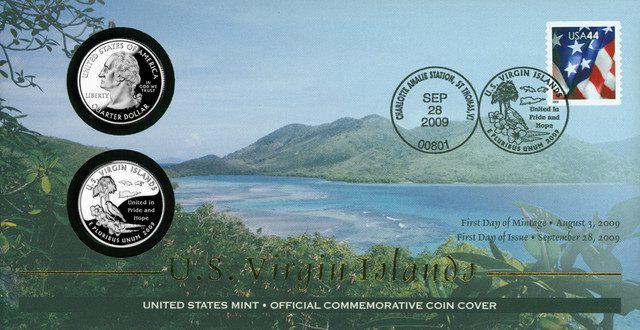
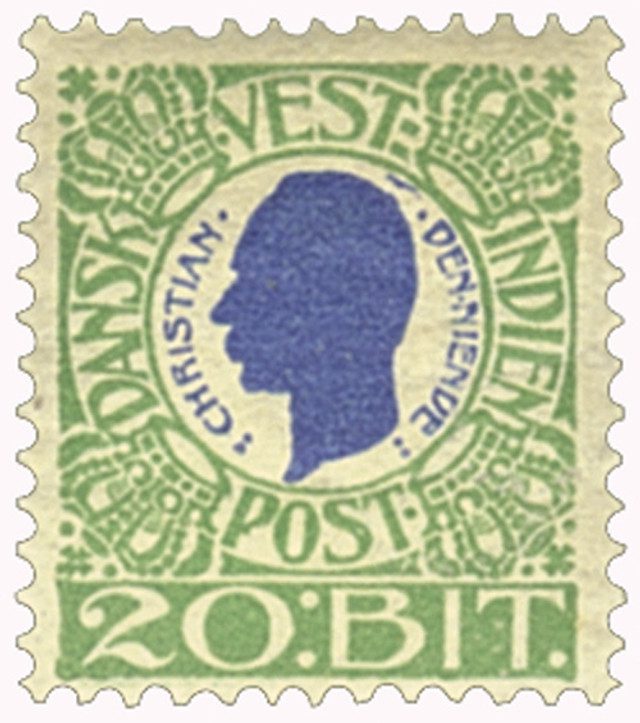
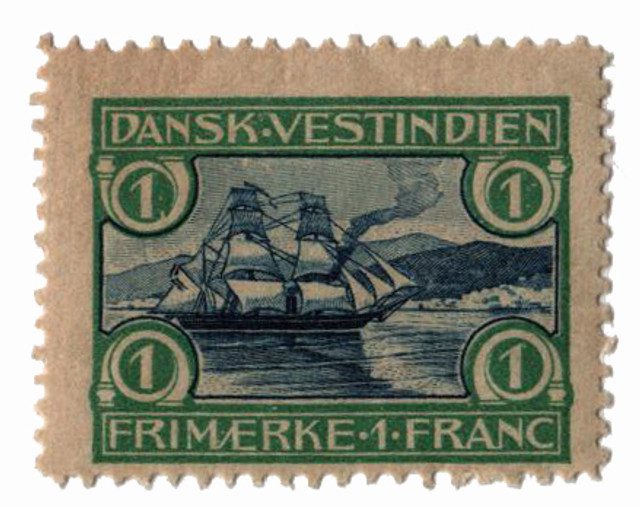
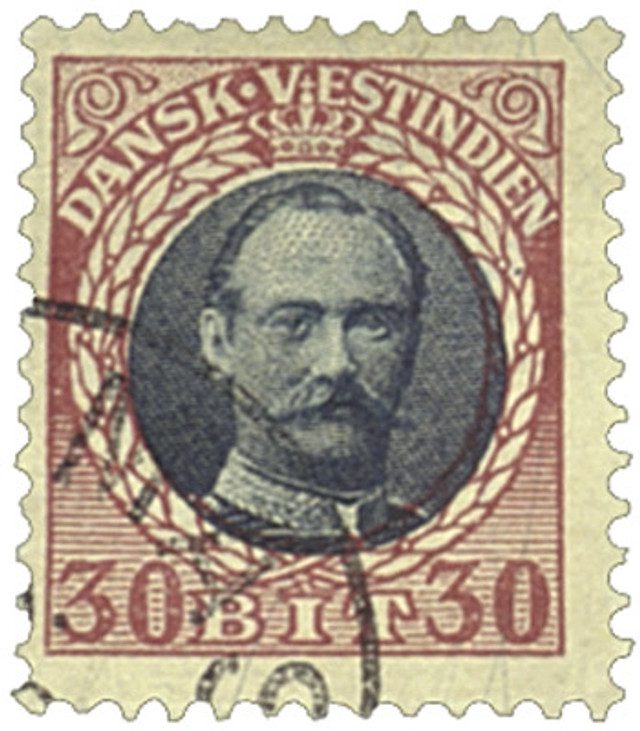
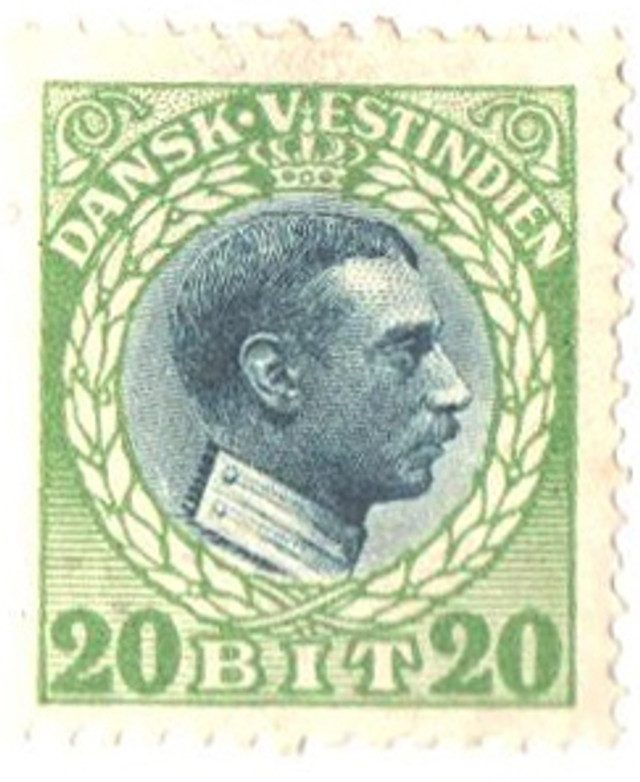
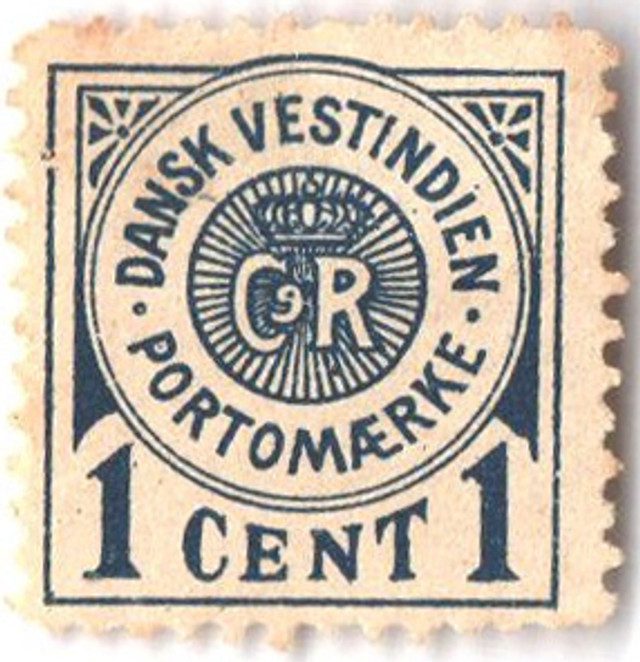

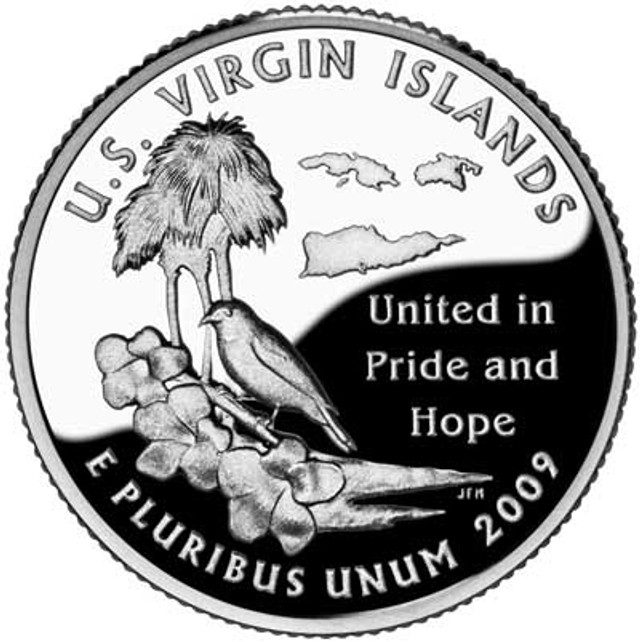
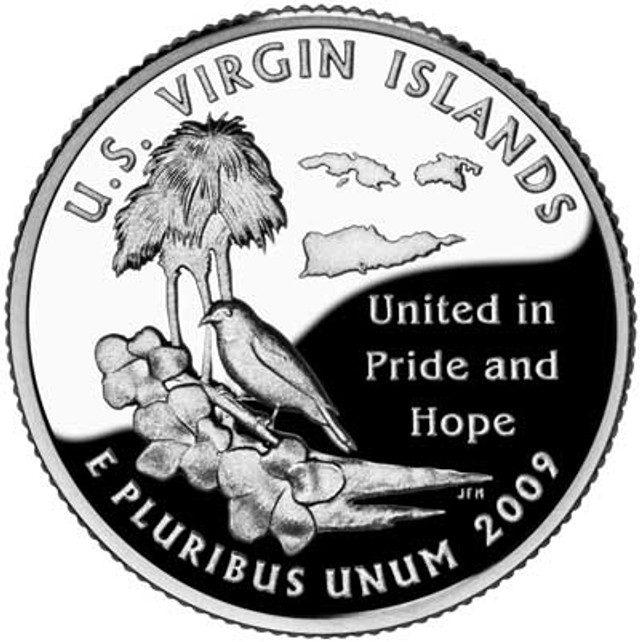
Very interesting. I had no idea this is how the US Virgin Islands came into being. Thank you.
Since I have two highly advanced US stamp collections, I also have a highly advanced large Foreign stamp collection with many authentic Danish West Indies stamps.
$ 25 M in 1917 may equal to 1000 times more, not a bad bargain.
Thank you.
Fascinating lesson in history. I think that type of politics punishing Seward for supporting Johnson is similar to why legislation doesn’t get passed today. Love your history as I’ll keep on learning and appreciate my stamps more. I’m grateful for what Mystic does for the hobby that will hopefully be revitalized someday.
Great information. Thank you.
I love this service, look for it each day. I know your a business, and I’ve been a customer in the passed , but the site is just great. Thanks
This day in history has added to my enjoyment of stamp collecting. Many Thanks!
Wonderful idea. My grandchildren are still young but I hope they’ll get interested in stamp collecting and learn history and geography through stamps. Please keep sending me this series of Day in History and stamps relating to the event.
Denise Rousso
I spent many years in St Thomas, V.I. as an instructor in advanced training of the “Frogman” in the underwater training. It was the best duty to have. So, with your this day in history, I learned a bit of history that I didn’t know. This was, the basic training, of what was to become the U.S. Navy Seals. witch was much harder and longer training.
I made my first remarks before I read the rest of this article so I would like to add to them by saying there is not enough history mentioned here because they was no mention of St. Johns, which is the most beautiful place to spend your honeymoon. There is a beautiful honeymoon cottage sitting on a bluff over looking the the Bay of St. Johns.
While in training at St.Thomas, UDT2 (,Underwater Demolition Team 2) was the first group to swim across the channel, which had several cross currents, making it a very hard swim, to complete. It was vary exhausting swim, but we all made it.
John Jay died in 1829. He was a Founding Father. Who is the John Jay mentioned in the article?
John HAY was the Secretary of State in 1900.
Great Story. Bizarre to think that back then, you could simply buy a country, complete with all inhabitants for money. Good ole days were not always so good, I suppose